XTM vs RWS
Choose the platform built for enterprise localization
RWS is built for translators. XTM is built for enterprise teams managing global content at scale — with project, vendor, and terminology control in one platform.

Book your personalised demo
Book your personalised demo
Why choose XTM for end-to-end localization management
RWS provides solid desktop translation tools for traditional workflows. But enterprise teams need more than powerful CAT editors. XTM delivers comprehensive localisation management that handles the full complexity of modern global content.
Think unified project management, advanced terminology controls, and scalable vendor coordination all in one platform. Thousands of organisations choose XTM when desktop-first tools can't handle their localisation program's growth and complexity.
Here are three reasons why XTM wins

Complete localisation management versus translation-focused tools
XTM provides end-to-end localisation management beyond just translation. Our platform handles project planning, resource allocation, vendor management, quality control, and financial tracking in one integrated system. Teams can manage complex global programs without coordinating between multiple specialized tools.
RWS excels at translation workflow through Trados Studio but requires additional tools for comprehensive project management. Teams must coordinate between desktop translation tools, server-based collaboration, and separate systems for vendor management and financial tracking.
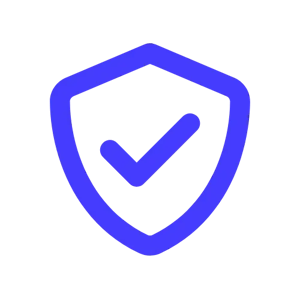
Advanced terminology and brand consistency management
XTM's terminology management goes beyond basic glossaries with concept-based terminology that maintains brand consistency across all languages and content types. Our system automatically identifies terminology conflicts, suggests approved alternatives, and ensures consistent brand voice across complex localisation programs.
RWS provides terminology features within Trados Studio but lacks comprehensive brand consistency management across projects. Teams struggle to maintain terminology consistency when working across multiple tools and deployment models.
Scalable vendor and resource management
XTM includes comprehensive vendor management with automated resource allocation, performance tracking, and integrated billing systems. Project managers can coordinate complex vendor networks, track performance metrics, and manage financial relationships all within the localisation platform.
RWS focuses on translation workflow without integrated vendor management capabilities. Teams must use external systems to coordinate vendors, track performance, and manage financial relationships across their localisation programs.
What's the difference between XTM and RWS for localisation?
Both platforms handle translation management, but they approach localisation from different perspectives. RWS provides powerful tools for translation professionals, focusing on desktop CAT capabilities and traditional translation workflows that work well for individual translators and small teams.
XTM addresses the complete localisation lifecycle that enterprise teams face. From initial content planning through final publication, XTM provides integrated tools for every aspect of global content management. While RWS excels at translation workflow, XTM handles the broader business processes that make localisation programs successful.
Here's a side-by-side comparison of XTM and RWS for localisation
XTM vs RWS - Translation project management
Comprehensive project management handles the full complexity of enterprise localisation programs. This includes resource planning, timeline coordination, quality management, and stakeholder communication across multiple projects and languages. The best platforms provide integrated tools that eliminate the need for external project management systems.
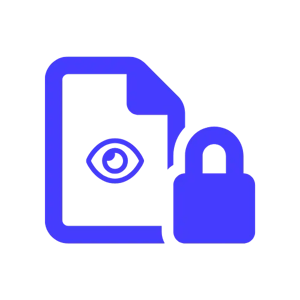
How RWS approaches translation project management
RWS provides project management capabilities through Trados Enterprise and GroupShare, focusing on translation workflow coordination. These tools handle task assignment, progress tracking, and basic reporting for translation projects. Project managers can coordinate between desktop and server components for team collaboration.
However, RWS project management remains focused on translation workflow rather than program management. Teams need external tools for resource planning, vendor coordination, and business intelligence that enterprise localisation programs require.
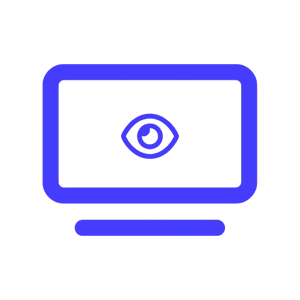
How XTM delivers translation program management
XTM's project management system handles the full complexity of enterprise localisation programs. From initial content planning through final publication, project managers have integrated tools for resource allocation, timeline management, quality control, and stakeholder communication.
XTRF by XTM provides real-time visibility into project status, resource utilisation, and performance metrics across all languages and content types. Project managers can coordinate complex vendor networks, manage approval workflows, and track program ROI all within the localisation platform.
XTM's translation project management includes:
- Integrated resource planning and allocation across projects
- Real-time project status visibility with automated reporting
- Complex approval workflows with stakeholder management
- Performance tracking and business intelligence dashboards
- Vendor coordination and financial management integration
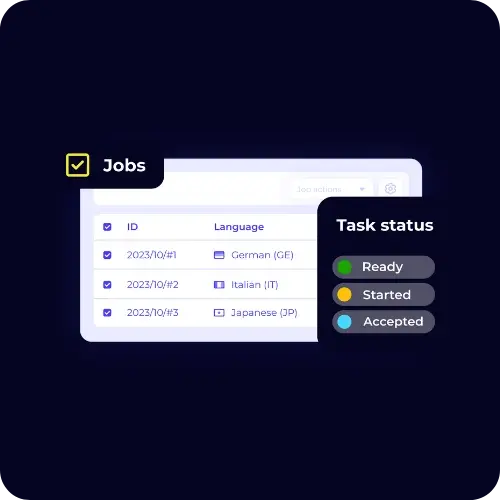
XTM vs RWS - Advanced terminology
and brand management
Advanced terminology management ensures brand consistency across all languages and content types. This goes beyond basic glossaries to include concept-based terminology, brand voice guidelines, and automated consistency checking. The best platforms integrate terminology management with translation workflow for seamless brand control.

How RWS handles terminology management
RWS provides terminology management through Trados Studio's glossary features and basic terminology checking. These tools work well for individual translators and small teams managing straightforward terminology requirements. Studio offers terminology validation and basic consistency checking during translation.
However, RWS terminology management lacks comprehensive brand consistency features across projects and languages. Teams struggle to maintain terminology standards when working across multiple tools and deployment models.
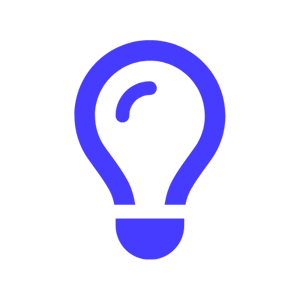
How XTM delivers brand consistency
XTM's terminology management system uses concept-based terminology that maintains brand consistency across all languages and content types. The platform automatically identifies terminology conflicts, suggests approved alternatives, and ensures consistent brand voice throughout complex localisation programs.
Advanced terminology features include real-time consistency checking, automated terminology extraction, and cross-project terminology leverage. Brand managers can maintain control over terminology standards while giving translators the flexibility they need for accurate localisation.
Brand consistency features include:
- Concept-based terminology with multilingual consistency checking
- Automated terminology conflict detection and resolution
- Brand voice guidelines integration with translation workflow
- Cross-project terminology leverage and reuse optimisation
- Real-time terminology validation and approval workflows
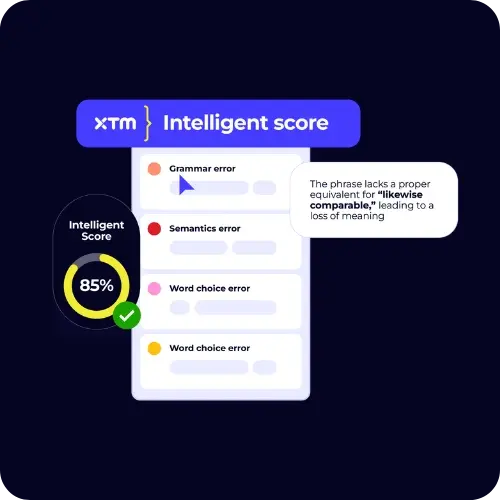
XTM vs RWS - Vendor and resource management
Vendor and resource management coordinates complex networks of translation providers, reviewers, and subject matter experts. This includes resource allocation, performance tracking, contract management, and financial coordination. Integrated vendor management eliminates the need for external systems and improves program efficiency.
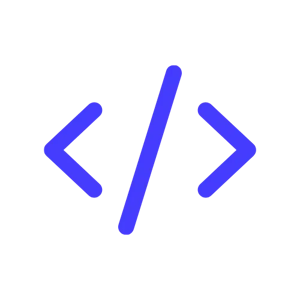
How RWS approaches vendor management
RWS provides basic vendor coordination through project assignment and task management features. Teams can assign translators to projects and track basic progress metrics. However, comprehensive vendor management requires external systems for performance tracking, contract management, and financial coordination.
The fragmented platform structure makes it difficult to maintain comprehensive vendor relationships and performance metrics across different tools and deployment models.
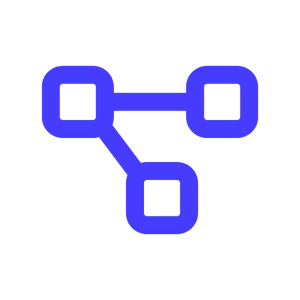
How XTM delivers integrated vendor management
XTM includes comprehensive vendor management directly within the localisation platform. Project managers can coordinate complex vendor networks, track performance metrics, manage contracts, and handle financial relationships all within the translation management system.
The platform provides real-time visibility into vendor performance, capacity, and quality metrics. Automated resource allocation ensures optimal vendor utilisation while maintaining quality standards across all projects and languages.
Vendor management capabilities include:
- Automated resource allocation based on expertise and capacity
- Comprehensive performance tracking and quality metrics
- Integrated contract management and billing systems
- Vendor certification and qualification management
- Real-time capacity planning and resource optimisation
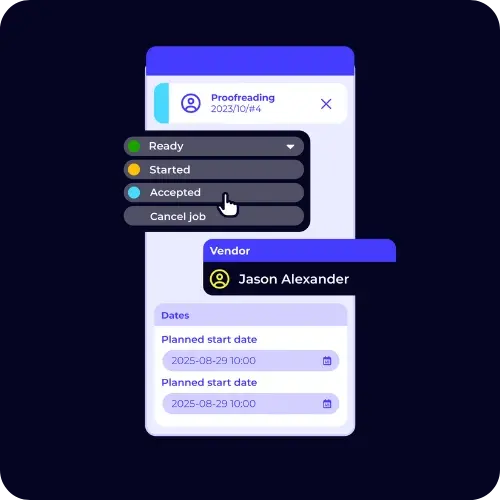
XTM vs RWS - Business intelligence and program analytics
Business intelligence and program analytics provide the insights that enterprise teams need to optimize localisation programs. This includes cost analysis, performance metrics, ROI tracking, and executive reporting. The best platforms provide comprehensive analytics that demonstrate program value to stakeholders.
.webp?width=300&height=300&name=10%20(1).webp)
How RWS handles reporting and analytics
RWS provides basic reporting on translation metrics through Trados Enterprise and GroupShare. These reports focus on translation productivity, project status, and basic cost tracking. Teams can generate reports on translation memory leverage and basic project metrics.
However, RWS lacks comprehensive business intelligence capabilities for program optimisation and executive reporting. Teams need external systems for advanced analytics and ROI demonstration.
.webp?width=300&height=300&name=11%20(1).webp)
How XTM delivers business intelligence
XTM's business intelligence system provides comprehensive analytics for localisation program optimisation. Executive dashboards show program ROI, cost trends, and performance metrics that demonstrate value to stakeholders. Project managers can identify optimisation opportunities and track program success over time.
The platform provides real-time analytics on translation memory leverage, vendor performance, quality metrics, and cost efficiency. These insights enable data-driven decisions that improve program performance and reduce costs.
Business intelligence features include:
- Executive dashboards with ROI tracking and cost analysis
- Real-time performance metrics and quality analytics
- Translation memory leverage optimisation and cost savings tracking
- Vendor performance comparison and optimisation recommendations
- Comprehensive program analytics for continuous improvement
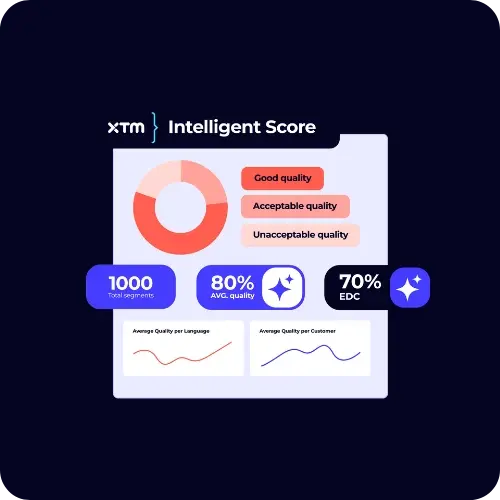
Try XTM, the best RWS alternative
Leave translation-only tools behind. XTM gives you full-scale localization management with advanced terminology, vendor control, and built-in business intelligence.
Start your free trial or speak to our experts to see how XTM drives efficiency and quality across your entire program.
RWS FAQs
What is RWS?
RWS is a global provider of language and content management solutions, including machine translation and localisation.
Is RWS a legit company to work for?
Yes, RWS is a long-standing company with a wide international presence and varied job opportunities.
How does XTM compare to RWS in localisation technology?
RWS includes a range of human services; XTM is more agile and configurable for in-house localisation teams.
Is XTM a better alternative to RWS for tech-driven teams?
For companies with in-house localisation or global product ops, XTM offers a more modern, scalable solution.
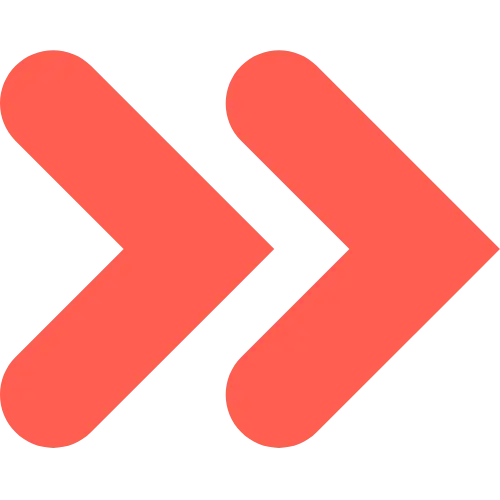
Switching has never been easier — and the ROI starts immediately
Join 1,000+ brands that made the move and never looked back.


